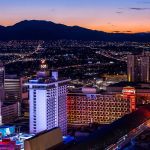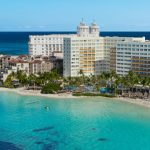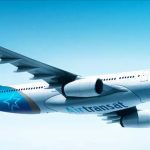Hong Kong: Curating its story where East Meets West
BOW MOWAT
If you ask Dane Cheng what his vision of Hong Kong tourism is, he’ll start by telling you that as a result of the global pandemic, “things have changed, but Hong Kong, as one of the most travelled to cities in the world, that will not change. But the pattern has changed. What people want has changed.”
The executive director of the Hong Kong Tourism Board (HKTB) explained that: “We’re growing into a tourism hub. People come to Hong Kong today and they have many, many more diverse choices. We have seen new markets opening for us, for example, Vietnam and India.”
And with more Asians now travelling outbound – both regionally and long haul, along with the addition of a third runway at Hong Kong’s airport, creating what Cheng describes as Airport City – he says that: “Hong Kong will be more convenient and accessible than ever, giving people a seamless journey whether they’re transiting over Hong Kong, or stopping over in Hong Kong as one of the destinations that they visit.”
Cheng also made it clear that he wants to “beef up the experience” that Hong Kong offers to visitors, and the HKTB has been working with both the government and private sector to do just that.
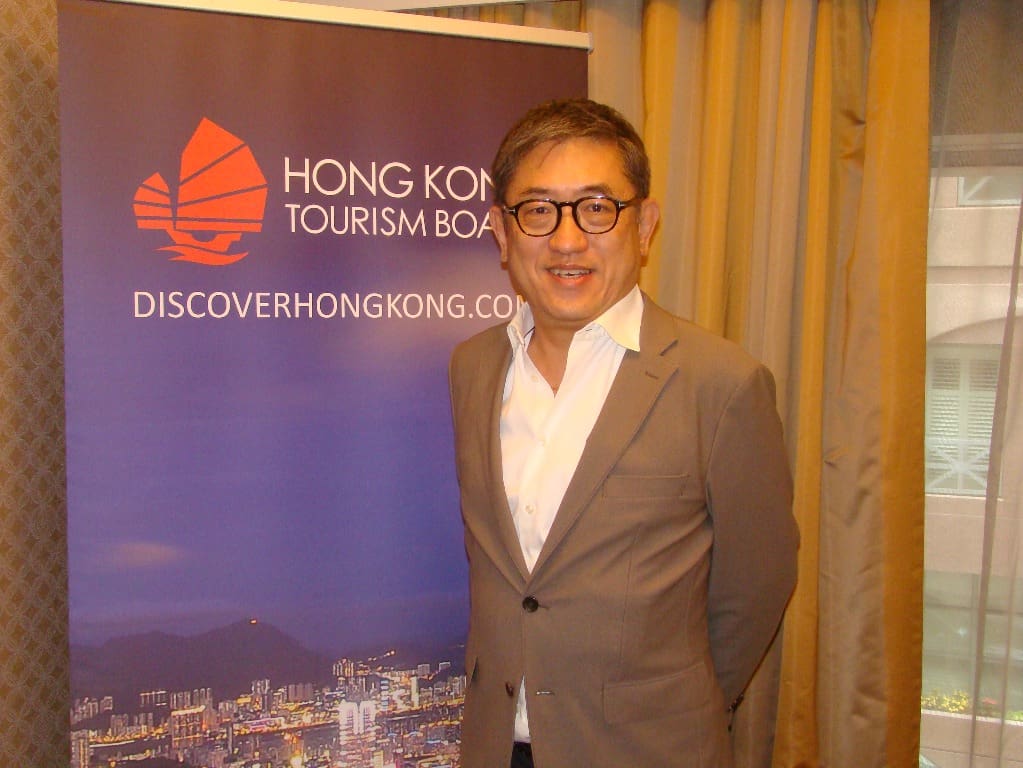
And it’s not so much about building new attractions, rather for Cheng, it’s about reinforcing Hong Kong’s position of being in a place where East meets West. Where the traditions and experiences of Asia and of China and the traditions and experiences of the West are all found in one place.
“We are one of the most Western places in Asia,” Cheng told Travel Courier during a recent visit to Toronto. “We celebrate Christmas in Hong Kong, Halloween in Hong Kong, we also celebrate Chinese New Year. And when I say celebrate, I mean you have school holidays, you have public holidays, you have [Chinese New Year] events. So, it’s the best place to see East meeting West – and that’s the whole positioning of Hong Kong.”
And in doing that, Cheng said that Hong Kong continues to be the “most international city,” and that is the story that he wants to tell and to do that he said, it’s about “creating the right content.”
“Hong Kong is constantly rejuvenating itself and that’s what I like to see,” Cheng explained, because “we do not want to be just a storyteller. We want to be the curator. To tell the story and to curate the story and the content in the right way. To position ourselves we need to differentiate ourselves.”
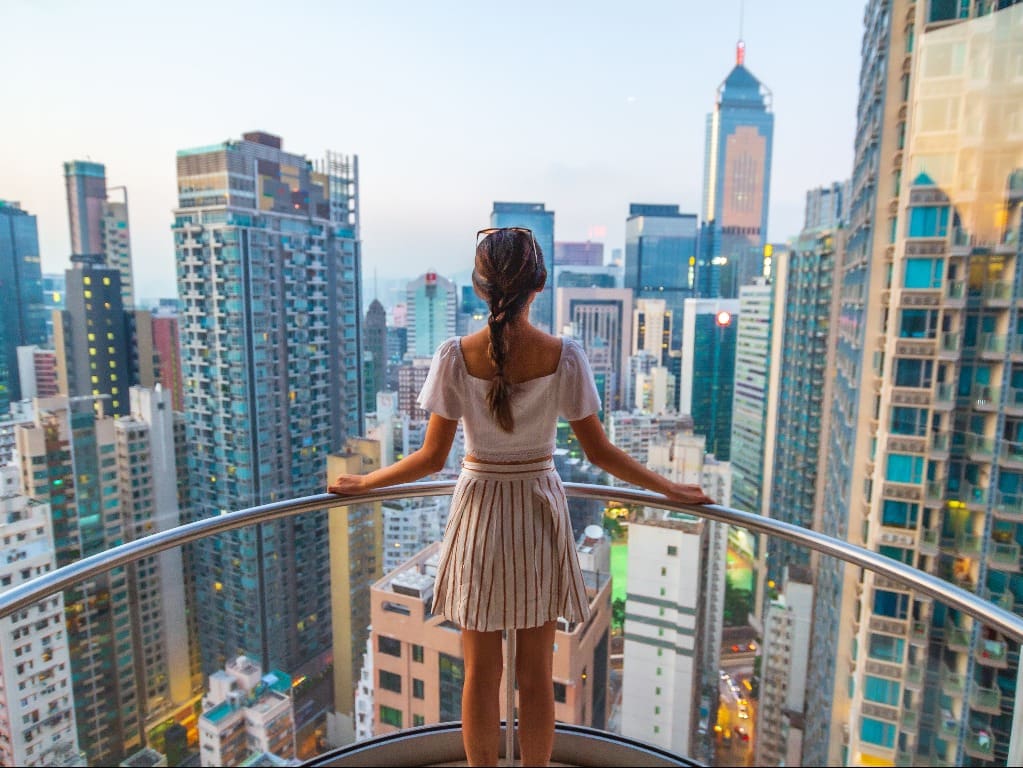
“How do we differentiate ourselves from the other destinations of Asia,” Cheng asks, continuing: “It’s incredible what we see in other destinations, but for us in the industry we all know that currency is the key thing. You know, we see the time when people are travelling to places when they are very, very cheap, but at some point, nowadays, I think people will also be concerned about overtourism. People are concerned about wellness. People are concerned about sustainability. So, for us, it’s not about building more theme parks and attractions, it’s about curation – meaning that you can put things together and present it differently in a cluster.”
Cheng told TC that: “We’re a business centre of the region and because of that, people come to do business, people come to visit us, come to see us and see how things are thriving, to see how we connect the East and the West.”
Embracing challenges & opportunities
Now admittedly, there are some challenges.
Hong Kong didn’t reopen from its COVID restrictions until about 18 months after other destinations in the region which gave it an opportunity to see how the reopening worked out for those destinations.
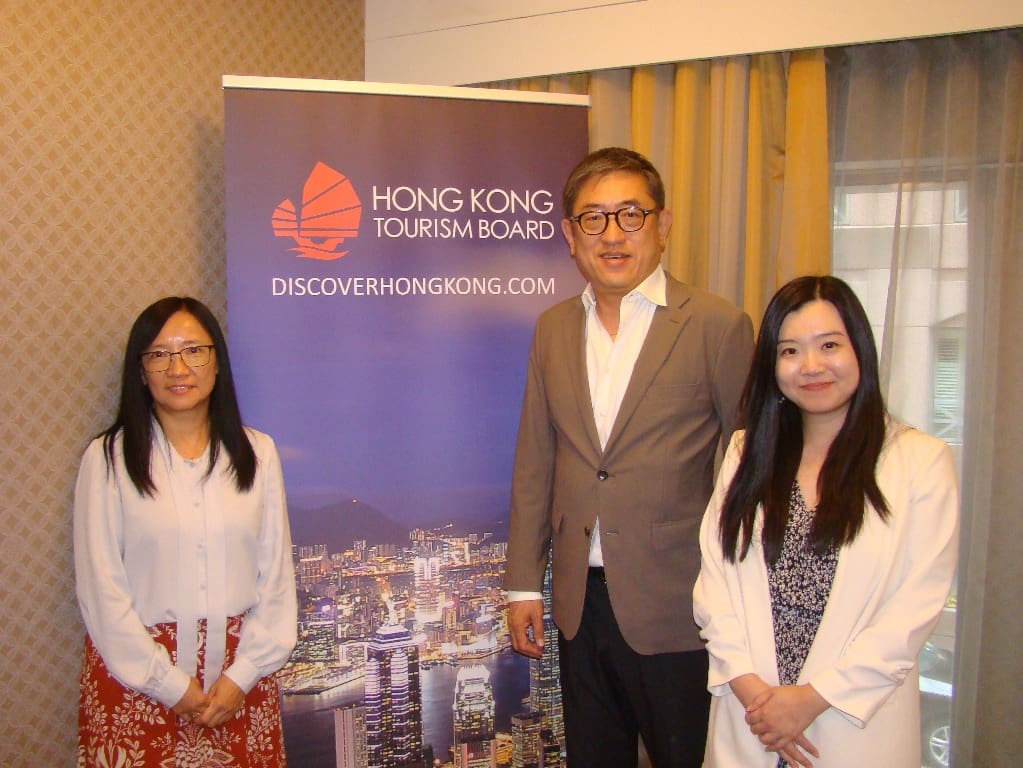
For Hong Kong, the challenge has been, and continues to be, the return of air capacity.
Cheng said: “Airlines certainly had a tough time for many years and the resumption of flights, particularly from the Hong Kong and Asia point of view, I would say the transpacific has been slow putting back on the capacity, which affects putting on people travelling, which is understandable.”
As for Canada, Cheng explained that compared to 2018 (which is the year the HKTB uses as its benchmark because it was the peak year for arrivals, when it welcomed 65 million visitors), air service is back to about two-thirds (or 67%) overall, and in terms of arrivals from Canada, it’s back to “something like 80%.
And compared to other destinations traffic from Canada, Cheng said: “I think on the whole Canada outbound travel, as I understand from my team [in Canada], has been recovering pretty well. We talked about post-COVID travel and one of the things is that people do want to travel — despite maybe the economy, maybe the uncertainty — but for people who have been locked down for a long time, they do want to travel, to see the world.”

He also observed: “The other thing that we [the HKTB] noticed, again nothing new for us, is the purpose of travel has definitely changed – the whole behaviour and the pattern. Number one is shopping is no longer the primary purpose as far as we can see from Hong Kong. People want to travel to have new experiences and not just any experience, but more in-depth experiences. So, the whole purpose [of travel] has become more diverse than before.”
And while he pointed to some of the discussions during COVID that suggested that “from now on, people will want to travel slow, rather than travel fast. When they go to a destination they will spend a longer time there to experience,” Cheng said: “I’m not sure I’ve seen that happening in Hong Kong.”
However, he continued: “I do see that people are travelling and working at the same time – so the ‘bleisure’ thing. A lot of companies allow working remotely so that to some extent would benefit the people who are travelling. And we’ve noticed that in Hong Kong.”
Bottom line, though, Cheng said: “I think the challenges for us, if we put it in the context, particularly on TransPacific – you know, Canada-Hong Kong – is the air capacity. If there’s not enough air capacity, the airfare will be expensive and that really stops people from choosing your destination.”
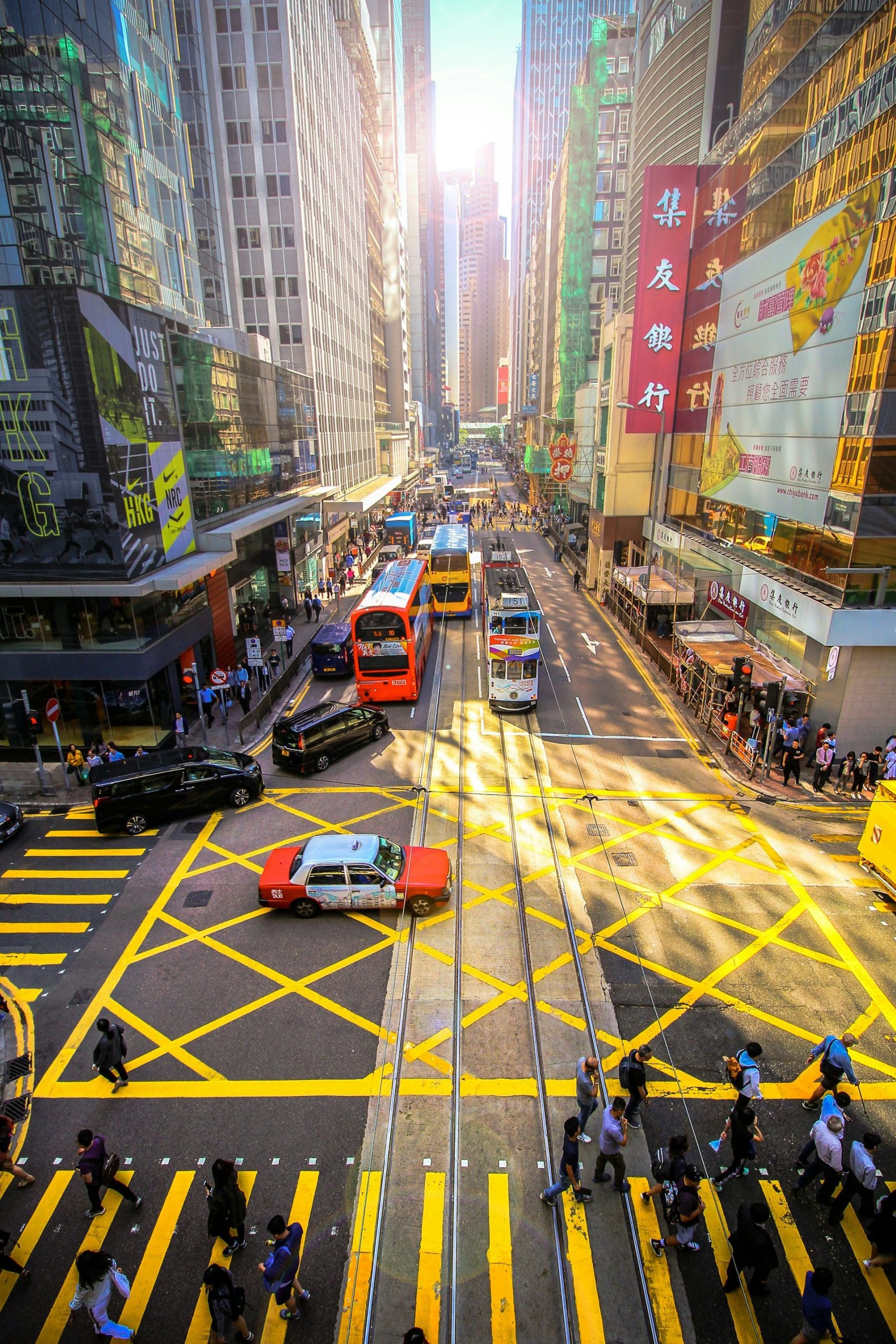
But he also pointed to the popularity of other Asian destinations – like Japan and Korea – and the fact that Hong Kong is only a couple of hours away, so there is an opportunity to encourage people to travel to Hong Kong when they’re in the region.
“You don’t have to come to us now, but we want to keep that noise level [up], so people recognize us as one of the ’must visit’ cities in Asia when they come to this part of the world and from Hong Kong you can easily go into Mainland China, you can go to Southeast Asia, you can go to India, you can go to Australia,” Cheng said.
Events, events, events
Over the years, Hong Kong has become a destination that’s well known for Mega events and that is not something that will change. Events like Art Basel, the Rugby 7s, the Wine & Dine Festival, the annual Chinese New Year Parade and many, many major exhibitions and fairs.
Hong Kong’s art and culture scene has also blossomed in recent years, with Cheng pointing to the city’s new West Kowloon Cutlure District as an example of that and to two major museums located in the district – the M+ Museum — with the M+ meaning more than a museum) and the Hong Kong Palace Museum as the kind of art and culture offerings that Hong Kong has.
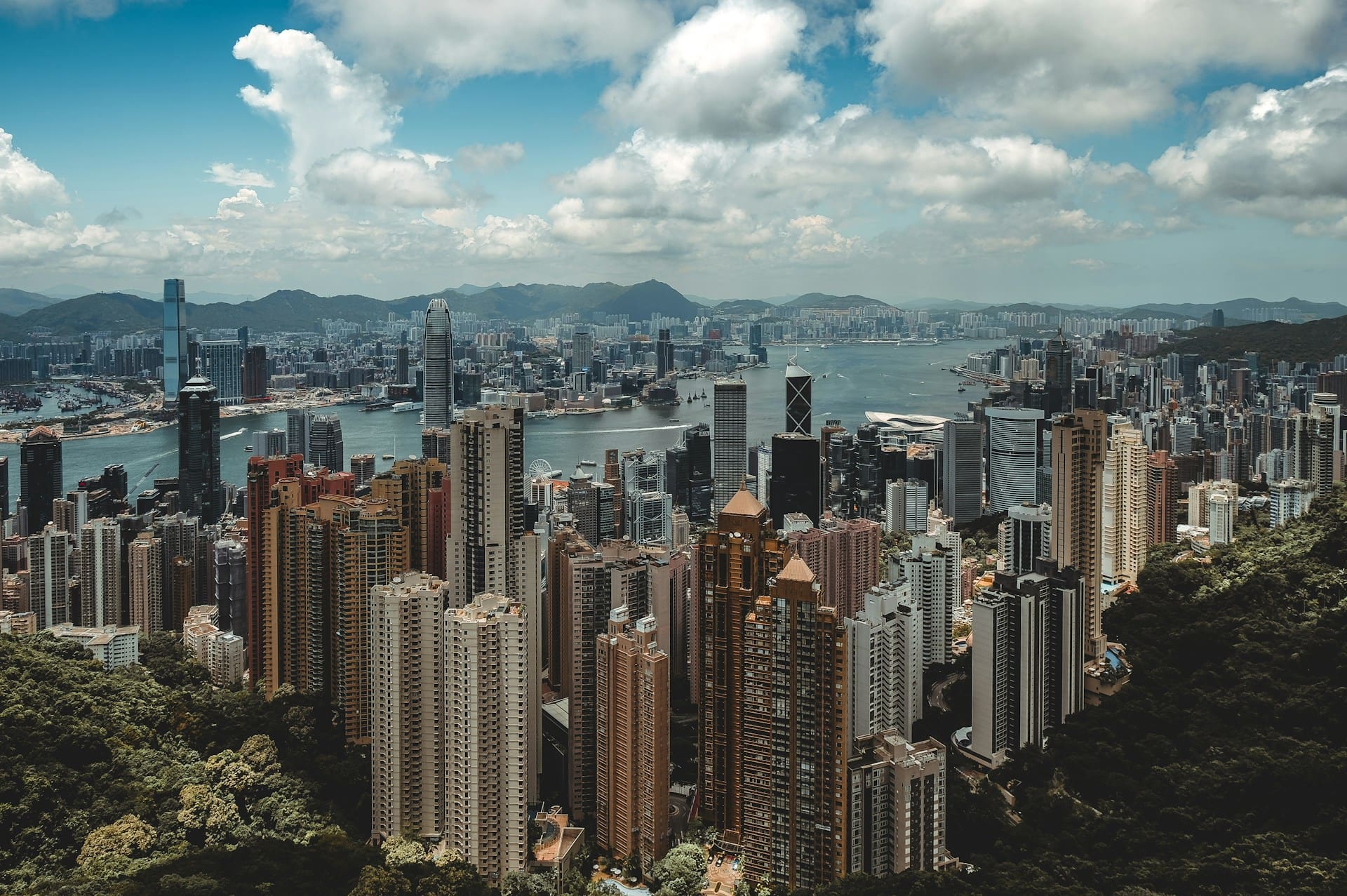
Hong Kong’s MICE market has also recovered with Cheng telling TC that Hong Kong is “almost 100% recovered in terms of the number of events” that it’s hosting, however the number of visitors attending those types of events is at about 70% [of the pre-Covid numbers].”
“What that’s telling us is that the number of events are back, but the number of people attending those events, for various reasons – cost of hotels, cost of airfares – have been restraining the same number [pre-Covid] from coming back to attend these events.”
But as Cheng sees businesses still want to do business and “they’re coming to Hong Kong because after all they do want to get closer to the biggest or one of the biggest markets in the world, China. And China wants to reach out to the rest of the world via Hong Kong. So, these conventions and exhibitions in Hong Kong are very much well-positioned to have these business travellers coming.”
Hip with hype
Earlier this year, Hong Kong hosted ComplexCon Hong Kong for the first time. It’s a festival and exhibition that brings together style, sneakers, pop culture, music, art, food and innovation. And it also takes place in other locations in the U.S.
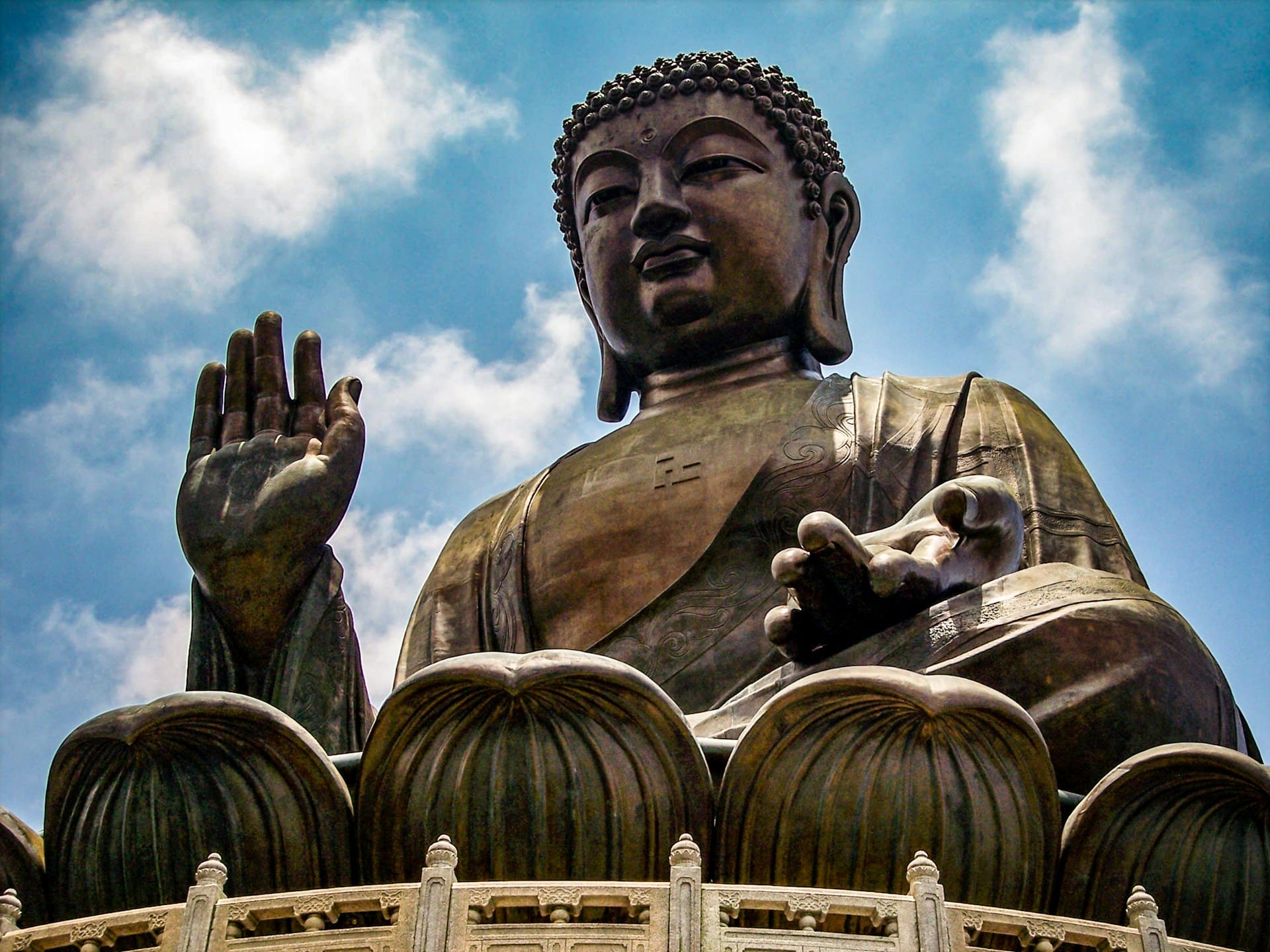
Said Cheng: “We want to continue to make sure that Hong Kong is the place for lifestyle and that young people come to experience it because these are the draws – you have to be there to experience it, you cannot just do it remotely.”
Cheng observes: “We have to reinvent ourselves. We have to continue to be hip, but we also have to be careful [about what] is hype and what is hip. We need to be more precise in terms of differentiating ourselves and how do we differentiate ourselves from Singapore or Thailand or other destinations, including our mainland China destinations – Shanghai or Beijing.”
In fact, as Cheng sees it: “For us, it’s not just about taking the most popular ways to promote. You have to curate and position [whatever you do] carefully, so it shows what you are and what you are not. So, it still remains honest and truthful to your authentic identity.”

